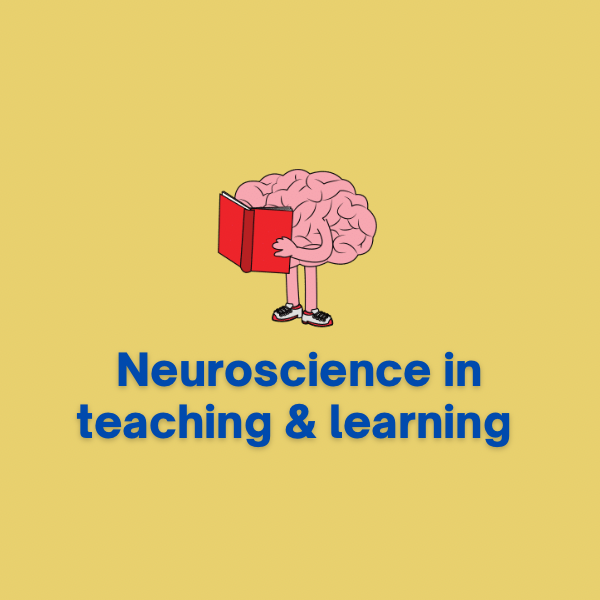
Education is not what it used to be anymore. Traditional believes are no longer relevant. It is crucial for teachers now to stay informed about emerging best practices. Only then can they provide students with the most effective and engaging learning experiences.
Right now, I am fascinated by Neuroscience – a science that can provide insights into how the brain processes and retains information. What are the benefits of incorporating principles of neuroscience in classroom teaching? With lots of reading on the topic I now think, for maximum engagement in the classroom, this is the way to go! How? I’m still learning – but here are some techniques I came across:
Multi-Sensory Learning
Research states that the brain processes information more effectively when multiple senses are engaged. For example, students who engage in both auditory and visual learning are more likely to remember the information than those who only receive information through one medium. What does this mean for teachers? Incorporating a variety of learning experiences that get students to engage multiple senses, such as visual aids, hands-on activities, and group discussions.
Active Engagement
It is well known that active engagement when learning helps the brain retain information better. So, getting students to be actively involved in the learning process can help them remember the information and make connections to prior knowledge. Teachers should include activities like group work, hands-on projects, and interactive lessons to increase the likelihood of successful learning outcomes for students.
Spacing and Interleaving
Spacing and interleaving means spreading out study sessions over time and interleaving the study of different subjects or skills. This, according to neuroscience is critical for long-term retention of information. In the classroom, teachers can include regular review and reflection activities, as well as mix-and-match a variety of learning experiences into each lesson for better engagement.
Emotional Engagement
Humans are emotional beings. It is inevitable that emotions also play a role in individual learning. The brain, according to neuroscience, is more likely to remember experiences that are emotionally charged. If teachers can incite positive emotion through a safe and engaging learning environment, it can help learners in retaining information better. The use of positive reinforcement, humor, or even meaningful connections to real-world experiences in the classroom can all help achieve this.
In conclusion, teachers play a very important role in deciding classroom and teaching techniques. By incorporating principles of neuroscience into their planning, teachers can maximize student engagement and learning outcomes.

